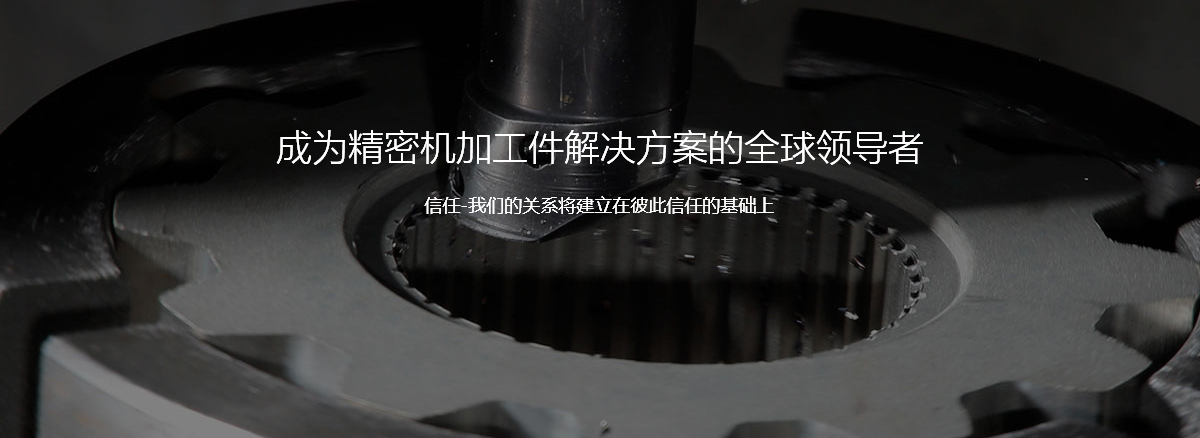The rigidity commonly referred to by the people refers to the measurement of the amount of deformation caused by CNC drilling and tapping machine tools under force. Generally, the rigidity of machine tools is reflected in two aspects: static rigidity and dynamic rigidity.
1. Static rigidity refers to the amount of deformation caused by the machine tool itself during the cutting process. Static rigidity is caused by various factors, but the most important link is the static rigidity of the screw system and the static rigidity of the bed.
2. Dynamic rigidity is the most important indicator to measure the rigidity of a machine tool. Generally speaking, dynamic rigidity of a machine tool refers to the ability of the machine tool to resist force, which is referred to as the magnitude of natural frequency in terminology. Dynamic rigidity is influenced by many factors, among which the most important are the dynamic rigidity of the screw guide rail system and the vibration resistance frequency of the bed iron castings.
Of course, spindle rigidity is the most fundamental and important aspect!


